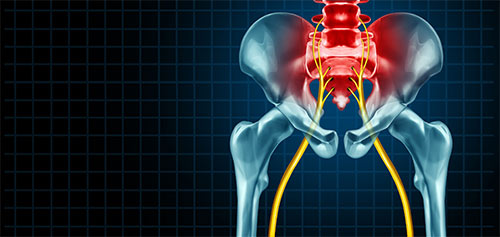
For all intents and purposes, the hips are the centre of the body. They’re where everything meets and, in the musculo-skeletal system, they’re crucial. They’re between the knee and the spine; two of the most important structures of the human body.
Today we’re going to be talking about the hips and how they relate to the rest of the body. It’ll be a crash course on your own hips, why they’re so important, and how you can keep them healthy.
The Role Of The Hips In Your Body Is Two-Fold.
Firstly, the hips are the key anchoring point for the spine, and the muscles of the hips, especially the glutes, are primary spinal stabilizers. Equally, the muscles of the core are often tied into the hips and any torsion on the spine is relative to the position in the hips.
Secondly, the hip muscles are the key for controlling the knee, and thus the ankle. Hip control and posture are some of the most significant factors in the health of the ankle, knee, and spine. These are areas with exceptional injury risk, and benefit from improved control.
Finally, the hips are the major hinging joint. They perform a wide variety of movements, but the hip hinge is one of the most fundamental and accounts for keeping the spine neutral during movement. This is especially important under heavy loads, where poor hinging is a direct injury risk in the knees and lower back.
Given that 80% of people experience debilitating lower back pain at some point, learning to use your hips properly is an important skill!
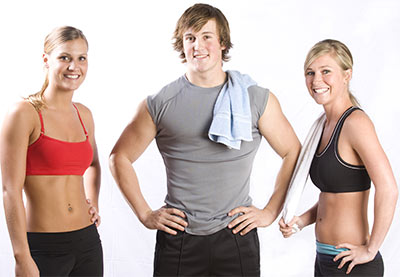
1. Spine Stability
This is the big one.
Weak hips, which tend to come from inactivity and sitting down a lot, can’t stabilize the spine effectively. The muscles that tend to do this, like the glutes, require strengthening and control to protect the spine effectively.
This also shows up in torsions and asymmetries of the spine. These tend to originate in the hips, and single injuries to the hips can produce long-term spinal positions that only increase risk. Safe to say, injuries in the hip can stay with you a lifetime if you’re not careful.
Developing proper strength in all the muscles around the hips helps to remedy these problems. It will improve injury resilience, as well as being a great way of improving performance in almost any sport or exercise activity.
The hips are a powerhouse, as well as the base from which spinal health develops. If they’re out of position or weak, you can be certain future problems will abound, while strong hips improve performance and health in the long run.
2. Controlling The Knees – External Rotation
The second key role of the hip muscles is to control the thighs and knees. They control the rotation and extension/flexion, but it’s the rotation we’re most concerned for.
This is the relative angle of the femur, which is crucial for the health of the knees and ankles, respectively. It’s so important that landing mechanics in the core and hips are some of the best predictors of injury risk!
Improving the strength and control of these muscles is one of the best ways to keep yourself healthy. They tend to be common areas for tendon injury and joint problems, with total knee replacement and hip replacement surgeries being shockingly common.
Improving the strength of the muscles around the hip helps stabilize the hips and spine, but also these “down-stream” regions. This is always left out when people discuss the importance of the glutes, but they’re crucial above and below the hips themselves!
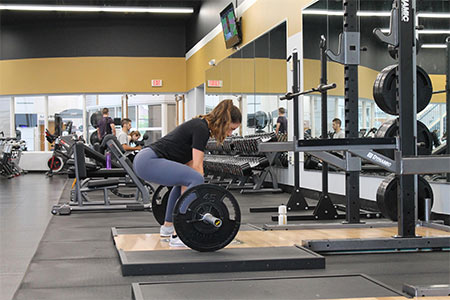
3. Hip Hinging
One of the most fundamental and important human movements is the hip hinge. This is how we involve the muscles of the hamstrings and glutes, as well as ensuring the spine remains neutral during movements.
These are even more important during squats and deadlifts, for example, where loading tends to compromise the spine first. This is why we all laugh at horrible examples on Instagram, but the hip hinge is what’s missing here.
It’s not just important for shifting heavy weights, it’s important for building up the strength and control of the spine to keep you healthy. That heavy deadlift right now is an analogue for how picking up a box may feel in 60 years.
The way you move your hips, as well as the muscle you build around them, is key to keeping yourself safe. These are factors we all need to be aware of, whether you’re a strength enthusiast, gym newcomer, or retiree.
Tips to Keep Your Hips Strong and Healthy
1. Movement
Moving more often with some form of exercise is the first step, as well as moving through full ranges. If you’re doing this regularly, you’re going to strengthen the tissues around the hips and the connected areas.
This alone is enough to reduce the risk of common bone-related problems. It will also strengthen tendons and ligaments if you’re careful about how you progress, and how much you rest between exercise!
The hips have a huge range in 3 directions and movement should match this: forwards, backwards, sideways, and some controlled twisting. Exercise in the region should focus on these complex uses of the hip.

2. Sit Less
This one is obvious. In case you haven’t noticed, it is our opinion that sitting too much is a bad idea. It’s a common concern and it’s a part of modern life.
Get yourself moving around and reduce your leisure time spent sitting down if possible. Even if it’s getting breaks in and moving around, your body will thank you for it. Hips are meant to be used and if they’re not, they get weak and ‘deactivated’.
Even taking short breaks from sitting can provide amazing benefits when it comes to keeping the hips active and reducing risks.

3. Practice Makes Perfect
You need to practice the proper movement for the hips. This is especially important during exercise, where the hips are most beneficial and most at-risk if used improperly.
Proper movement and effective practice is good preparation for future. This means takin care to keep your knees and toes aligned during exercises, and focusing on practicing hinging movements like the paused Romanian Deadlift (RDL).
4. Lateral
Lateral movements are those that require you to move sideways, and they’re important for developing stability and strength in the muscles of the hips.
Things like the Cossack squat, side lunge, and banded crab walk all contribute to improved adductor and abductor strength. These stabilise the knees and hips, offering you stability in 3 dimensions. It’s important to work these underappreciated muscles, preparing yourself for anything.
These are exercises you could easily do at a gym or at home, depending on your experience level. For the beginner, bodyweight may be enough to make them difficult!
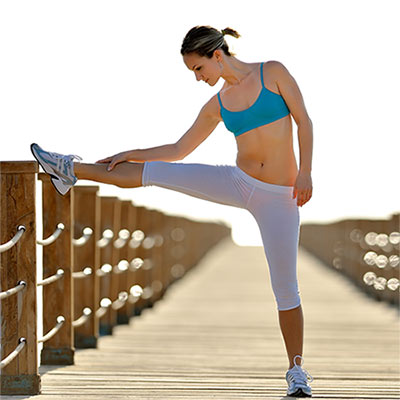
5. Unilateral
These are exercises that focus on one of a pair of limbs. They are great for stabilizing a single hip-knee-ankle complex. This means increased stability training and control of that leg, for example.
Things like step-ups are a great example, while Bulgarian split squats are a more advanced option. They offer a specific way of training that’s fantastic for joint health, balance, and they’re appropriate for bodyweight training!
6. Transverse
These are movements that involve rotating, and they’re important because twisting is one of the things the hips are built to do. Building control in core-hip rotations are great for long-term strength and injury-resilience.
Controlling rotation means you’re at lower risk when rotating in your everyday life. Exercises like side planks train the spine and hips to move separately, but in a way that is healthy and controlled, even building muscle mass.
Equally, something like the med ball side throw is a great way of training hip rotation. This is important because the body tends to work in rotations when doing things like walking!
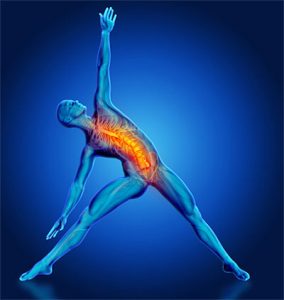
7. Hips and Core
Equally, learning to move the hips and core as a single unit is one of the key skills you’ll need to age well. The ability to hinge relies on the ability to keep the core involved and controlling the position of the hips themselves.
Things like lying knee tucks and their variants are a great example of this.
This kind of work on moving the hips with the core can help you control their rotation forward/backwards. This helps keep the hips in a position that reduces spinal strain and keeps the distribution of force healthy.
Again, you can do these at home and they’ll significantly improve your hip and spine health, as well as reducing your knee injury risk. They’re far-reaching benefits you may not have expected!
Final Thoughts
The long story short is this … if you’re not taking care of your hips, you’re not taking care of your body. They’re a junction for the most important and at-risk areas of the body. The development of strength and balance in the hips means performance, health, and pain-freedom.
The risks associated with the things the hips are connected to, the spine and knees, are so crucially important that we all need to consider them as the source for good health and strength. Weak hips are a real problem and one that you are totally in control of!
Getting the hips right means setting everything else up for success and long-term health!







